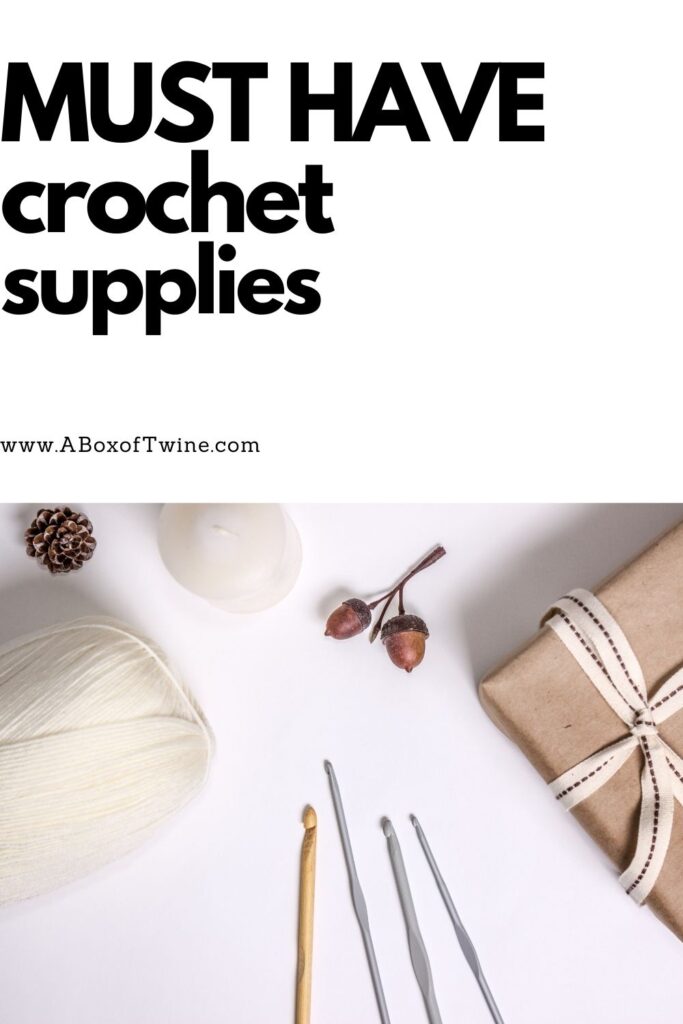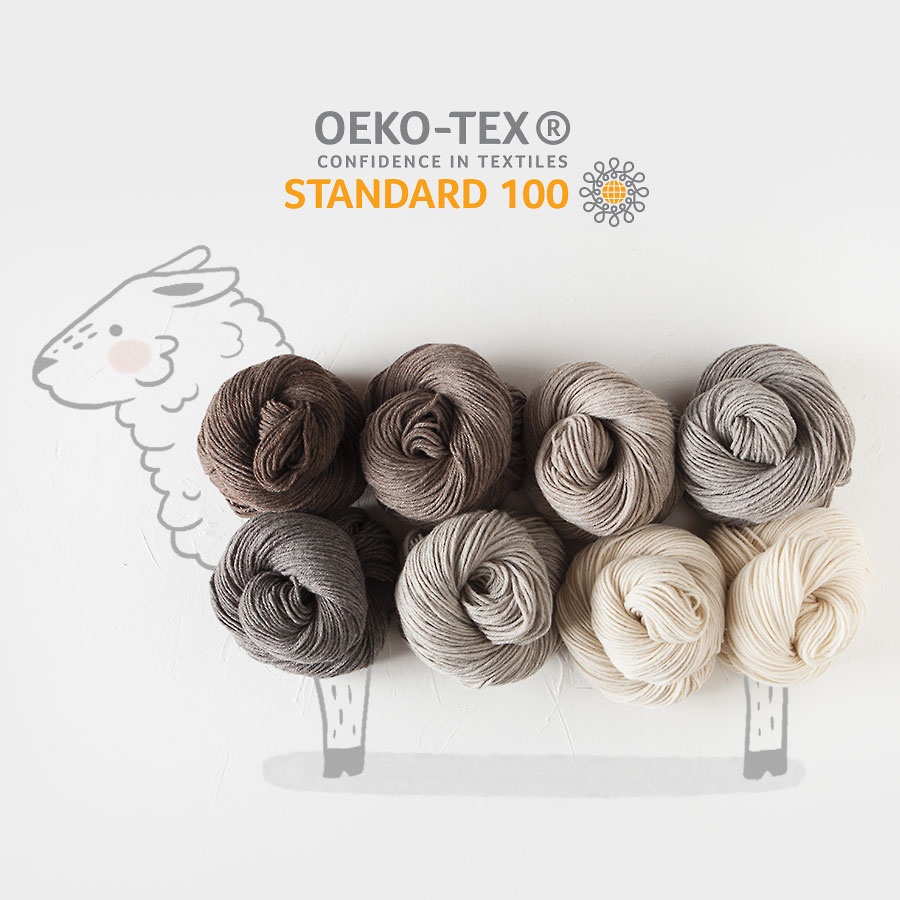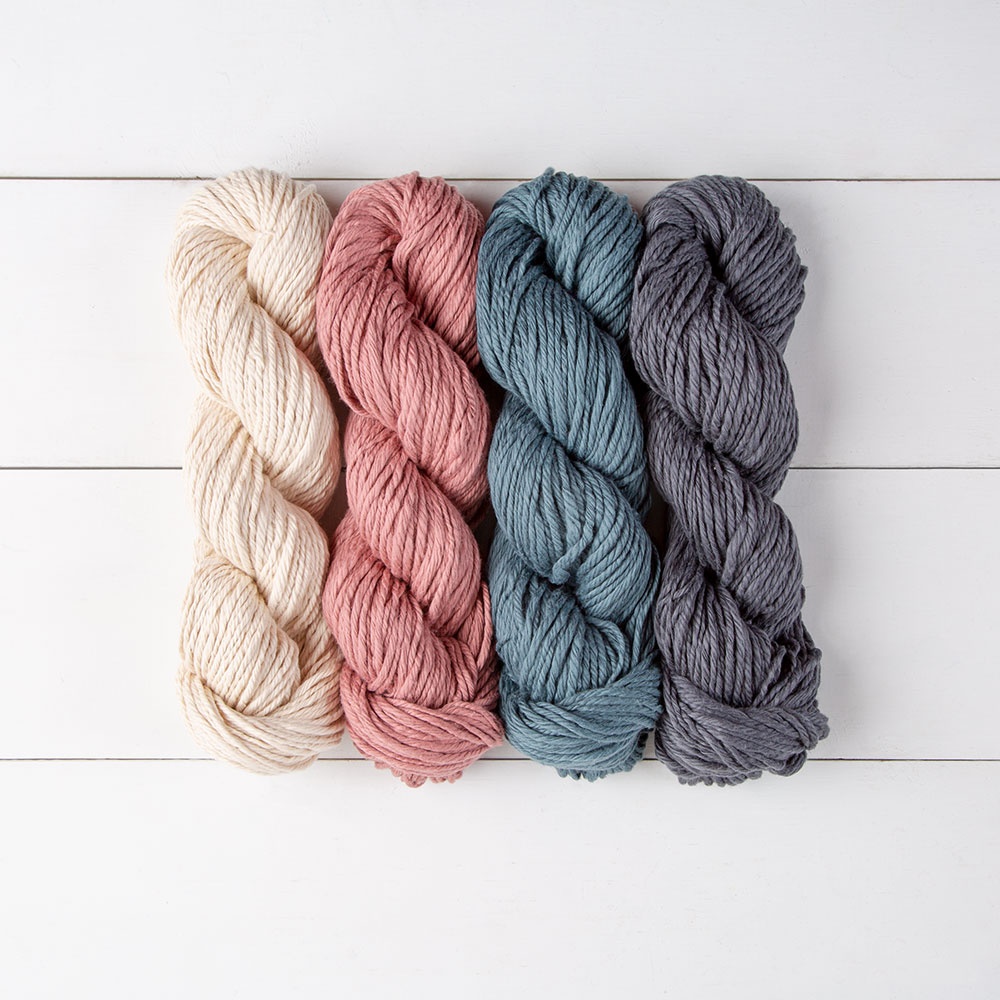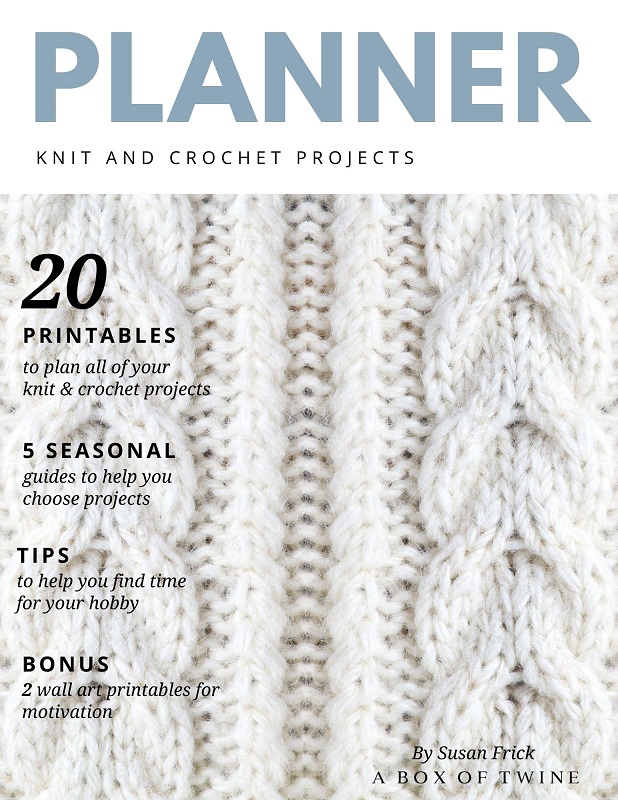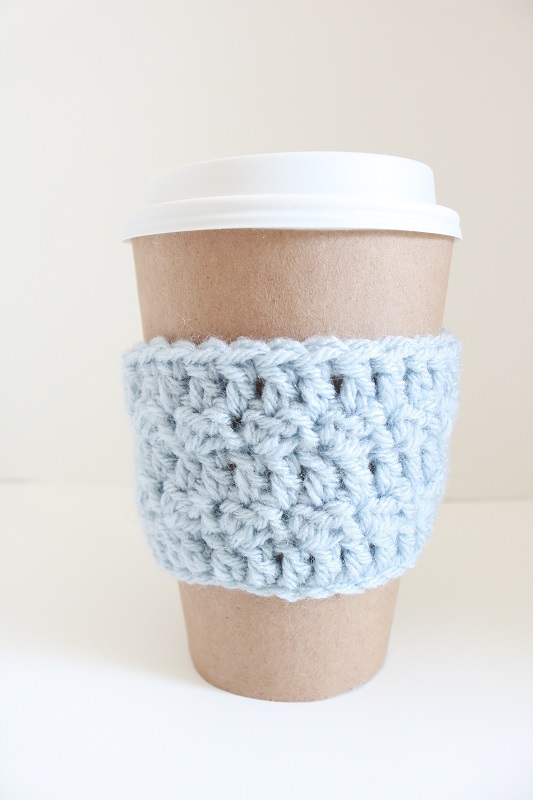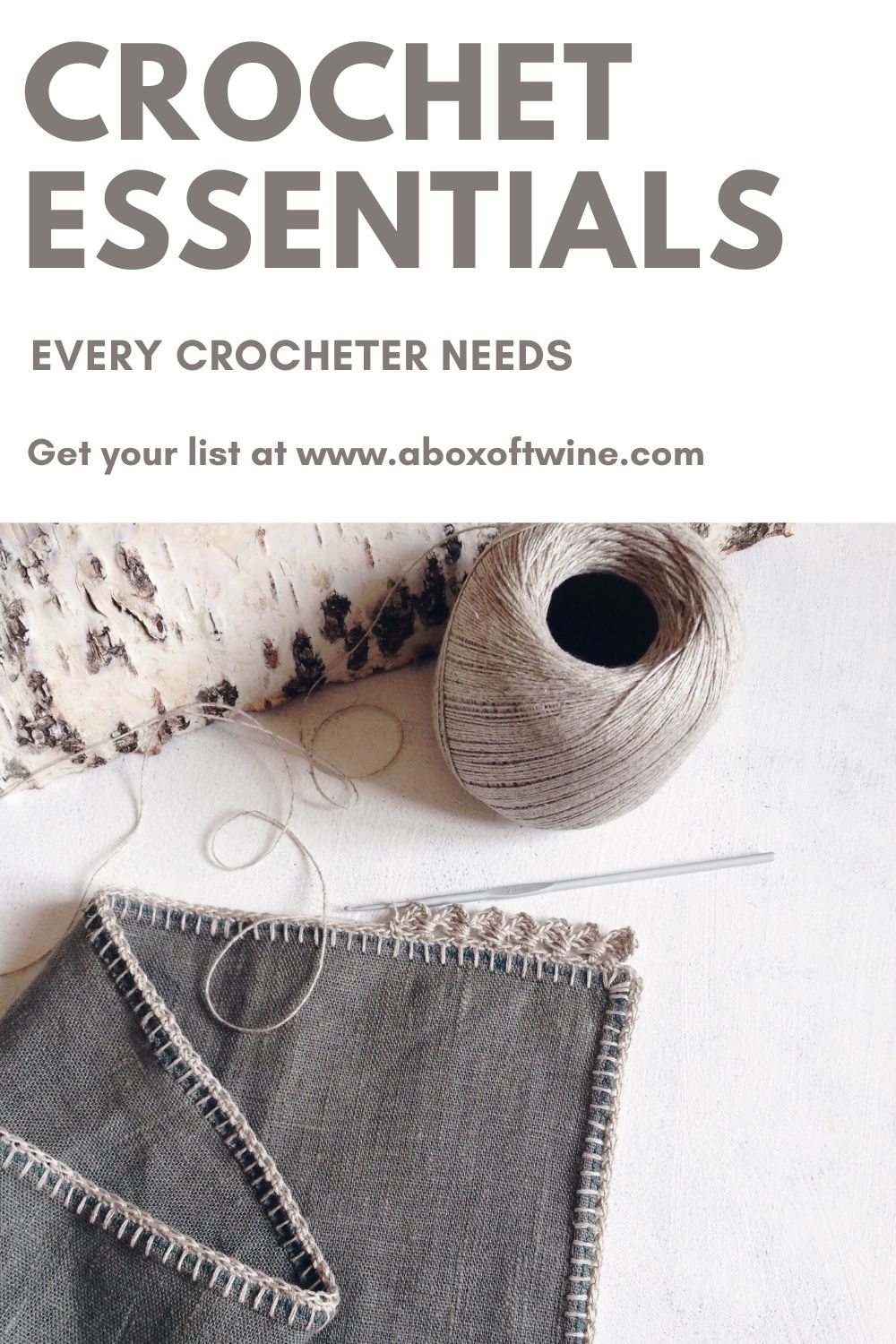
Essential Crochet Supplies for Beginners {FREE Checklist}
I love sharing simple and classic crochet patterns here on the blog, especially when they are geared toward beginner crocheters. Although I learned to crochet as a child, I didn’t pick it up again until recent years. My crochet skills vary between beginner and intermediate, so I can appreciate the challenging journey of learning to crochet. I also appreciate having crochet tools and basic crochet materials that help make a crochet project easier. Today I’ve gathered a list of essential crochet supplies that will help start you on your own crochet adventure!
If you are familiar with this blog, you know I stick to a neutral, classic style with farmhouse & Scandinavian influence. Therefore, my crochet supply suggestions will lean toward that style. I hope you enjoy them, too, whether you are a complete beginner or advanced crocheter.
This post may contain affiliate links. That means if you click and buy, I may make a commission at no cost to you. Please see my full disclosure policy for more details.
Let’s get started… what supplies are needed to start crocheting? What does a beginner crocheter need? My list of crochet supplies for beginners will get you on your way. You can also grab a free checklist of these crochet supplies in my CROCHET SUPPLIES CHEATSHEETS freebie for email subscribers:
Best Crochet Supplies
What supplies are needed to start crocheting?
Before I begin my list, I want to state that if you are a beginner, start small. You won’t need everything on this list quite yet, but it’s a good idea to educate yourself on what these crochet supplies are used for. You may want to grab something extra that you know you will need right away, but it’s fine to just begin with a few basics that you can find at the local craft store. You’ll make your own crochet starter kit as you go…
Yarn
Various size yarns
Hands down, the first supply most crocheters think of is YARN! Oftentimes yarn can be the inspiration for a specific crochet project, based on its’ color and texture. The only challenge is that there are so many different types of yarn to choose from. Where do you start?
The first thing you may want to choose is the SIZE OF THE YARN, which you can find on the yarn label. Bulky yarns (size 5 and up) are terrific for projects where you need a thick yarn, such as blankets, pillows, or chunky accessories to wear. Medium weight (aka worsted weight yarn, size 4) yarn is the most common size for crochet projects, along with DK or sport weight yarn. Yarns that are sized 3 or smaller are generally used for projects that are best with smaller stitches and softer drape, such as baby clothing, lace pieces, socks, and little ornaments.
It is important to use the correct weight yarn indicated in a particular crochet pattern, as it will affect the size of your resulting project. Bulky or Medium weight yarn sizes are probably best for a beginner crocheter, as you get used to working with the yarn on the hooks.
You also want to determine the kind of yarn to use based on its’ material. Wool and other animal-based yarns tend to be warm, whereas cotton and acrylic are lighter. The type of yarn fiber makes a difference.
Here are suggestions for lovely yarns:
Be sure to also check out my lists of best yarn: BEST WINTER YARNS, BEST FALL YARNS and BEST SUMMER YARNS. You can always find classic style yarn in MY FAVORITES shopping section as well.
Yarn storage
Where will you store all your yarn? It’s a good idea to have a dedicated space to store the yarn you own. This will ensure you can take care of it properly. Never store yarn in an attic, basement, or garage, as the fluctuations in temperature may ruin it. Keep it indoors and dry.
One of my favorite ways to store yarn is on open shelving, or in baskets. Tote bags are also terrific for storing yarn and projects on-the-go. Peek at my FARMHOUSE STYLE TOTE BAGS or SHEEP YARN JUTE BAGS if you’re looking for a cute bag idea.
Check out these other yarn storage options:
Yarn bowl
Yarn can often be difficult to manage when it unwinds from a skein or ball. It’s frustrating to have yarn get tangled when you are in the middle of crocheting some stitches (or your cat wants to play with it). YARN BOWLS allow for a resting spot for the skein, and they have a slit where the working yarn can neatly flow. This is definitely a ‘nice-to-have’ supply, versus an essential.

Yarn labels
You may want to keep track of the information for each skein/ball of yarn you purchase. This helps remind you of the size, weight, yardage, material, and washing instructions for that yarn. Sometimes I pin the original package yarn label (with that information) to my yarn skein, but another idea is to make your own labels.
Crochet Supplies – Crochet Hooks
What crochet hooks should I buy?
Of course, the most essential crochet tool is the crochet hook! There are various types of crochet hooks you can use, but beginners may want to start with inexpensive aluminum hooks. Whatever you choose, hooks are a must-have on your crochet supplies list.
The two basic shapes for crochet hook ‘heads’ are Inline and Tapered. The heads are the top of the hook, which is the part that grasps the yarn while you are working.
Inline Crochet Hooks
INLINE CROCHET HOOKS have a pointy ‘head’ at the top, which is the same size as the ‘shaft’ below it. Here are some examples of inline crochet hooks:
Tapered Crochet Hooks
TAPERED CROCHET HOOKS, however, have a more rounded ‘head’ at the top of the hook. The ‘throat’ just beneath the head is also thinner than the ‘shaft’ below. Here are examples of tapered crochet hooks:
In addition to shape and style, crochet hooks come in many sizes. You choose a crochet hook size based on the project you will be working on. A crochet pattern will usually indicate the hook size to use, but you can switch to a different size hook in order to obtain the same gauge for the project. (Pay attention to this – obtaining gauge is critical for your project to finish in the correct size).
Smaller sized are the best crochet hooks for lace work or crochet doilies with lace yarn. Beginners usually don’t start with these types of intricate projects, but they’re something to aspire to! Many of these hooks are made of steel and have special sizes from the largest: 00 (2.70mm), 0 (2.55mm), 1 (2.35mm) through the smallest: 14 (0.90mm). The next sizes up, B-1 (2.25mm) through E-4 (3.5mm) are good for working with fingering weight (Superfine) yarn.
Medium sized hooks will work well for many popular crochet projects made with sport and medium sized yarn, such as hats, mittens, scarves, blankets, etc. Aluminum and wood are common materials for these hooks, which range in sizes F-5 (3.75mm) through K-10.5 (6.5mm).
Large sized hooks are best for rugs and large blankets or pillows, made with super bulky and jumbo sized yarn. These sized hooks are often made of plastic and range in sizes M/N-13 (9mm) through S (19mm).
The question you may have is: what crochet hook should a beginner use? I think the simplest hook to begin with is a medium sized aluminum crochet hook in size H-8 (5mm). But any crochet pattern should indicate the recommended hook size for the project.
(Read about my CROCHET HOOK CONVERSION CHART to help you decipher hook sizes, especially if you are looking at a mm crochet hook and trying to figure out the US size.)
Miscellaneous Crochet Tools
What should a beginner crocheter buy?
Once you have the most important crochet essentials acquired (hooks and yarn), you can proceed to collect miscellaneous tools. Below is a beginner-friendly list of basic supplies for crochet that are great to have on hand.
Essential Crochet Tools
- Good pair of SCISSORS – It is a good idea to have both FABRIC SHEARS and small EMBROIDERY SCISSORS on hand. Sharp FABRIC SHEARS will ensure smooth cutting of your thicker yarns, while EMBROIDERY SCISSORS are useful to snip threads from thinner yarns.
- TAPESTRY NEEDLE – Also known as a yarn needle or darning needle, it is necessary to have blunt-edged TAPESTRY NEEDLE on hand to weave in loose yarn ends when your project is finished.
- TAPE MEASURE – Crocheting will always require measuring, especially if you are dealing with wearables. Tape measures are useful for measuring your gauge sample (practice crochet piece), as well as keeping track of your piece as you crochet. FABRIC TAPE MEASURES are flexible and lightweight, which makes them perfect for measuring crocheted pieces.
- GAUGE SWATCH RULER – speaking of gauge, a GAUGE SWATCH RULER is a handy little tool to figure out how many stitches and rows you have in a (typical) 4” sample square. Although these are not necessary, they are very helpful.
- HOOK STORAGE – it’s a great idea to organize your crochet hooks in a practical CROCHET HOOK CASE so that you don’t lose any. It’s no fun to try to start a project and realize you can’t find the right hook!
Essential Crochet Tools for Later
The next items on the crochet supplies list are not necessary for your beginner crochet journey, but will be great to own in the future. Some of these crochet accessories will help as you progress to more complicated patterns.
- STITCH MARKERS – Patterns may instruct you to place a stitch marker on your work as you progress. This helps keep track of a specific spot in your work where a stitch pattern begins or ends. They are especially helpful when keeping track of each ‘round’ in a circular piece. I like THESE METAL STITCH MARKERS and use them myself! Stitch markers are also useful when you are just starting to learn how to crochet, as a way to keep track of the beginning and /or end of each row. This will ensure you don’t lose or add a stitch accidentally at row ends.
- ROW COUNTER – this is a neat little tool to keep track of how many rows you have already worked in a pattern. I usually jot down my row count as tally groups of five on paper, but I can see how ROW COUNTERS would be helpful. You could also try a DIGITAL ROW COUNTER.
Non-Essential Crochet Tools
- POM POM MAKER or TASSEL MAKER – crochet projects may call for embellishments such as pom poms or tassels. Those are favorites of mine that I love to add to my patterns. I own THIS POM POM MAKER, but usually MAKE MY OWN TASSELS. I can see how having a TASSEL MAKER would also help.
- BLOCKING MAT – when a crochet project needs to be blocked to form its’ final shape, it is useful to have a BLOCKING MAT for this purpose. The crochet piece is pinned to the blocking mat so that its’ shape is held in place. A mat is not an essential tool, since a thick towel will also do the trick.
- STRAIGHT PINS – STRAIGHT PINS are often used to block crocheted pieces when they are finished. Blocking helps shape your piece into the desired fit/result.
- CROCHET BAG – it’s a great idea to have a crochet project bag on hand to keep your supplies and projects.
- PATTERN BINDER – if you are keen on organizing and keeping track of all your crochet projects, you may want to own a binder to store your loose printed crochet patterns. Check out my KNIT AND CROCHET PROJECTS PLANNER for help with finding and scheduling time for crochet:
Crochet Essentials – Patterns
Now that you have an idea of beginner-friendly crochet essentials to have on hand, you can seek out simple crochet patterns to start creating. Simple patterns are top on the list of crochet must haves for beginners. Get a hang of the 5 BASIC CROCHET STITCHES (using THIS GUIDE), and you can find a wealth of patterns that use only these few basic stitches! Make sure your first project is straightforward. For instance, you could try out one of THESE BEGINNER-FRIENDLY CROCHET PATTERNS.
There are an abundance of simple crochet patterns and tutorials online that will get your creative juices flowing. You could also reference a handy crochet book. I also have recommendations of FAVORITE CROCHET BOOKS that will provide endless inspiration.
Peek at the CROCHET category on my blog for simple project ideas, like these:
You can find several beginner-friendly crochet patterns in my ETSY SHOP, too.
I hope this list of the best crochet supplies was useful to you, especially if you are just starting out. Take it one stitch, one project at a time, and you will gain confidence in your crochet abilities with these main tools.
You may become addicted to this wonderful yarn hobby! Can you think of any other supplies every crocheter must have? Let me know in the comments.
===> Remember to PIN for later! <===
